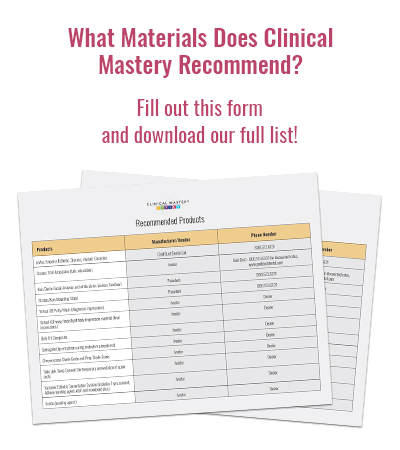A Simple Three-Step Materials Selection and Implementation Process to Mitigate Potential Risks
Switching to new materials in your dental practice can be incredibly daunting. You have to risk the material not functioning as well as you hoped, get your team trained and on-board, and become familiar with the new qualities yourself.
 Sometimes, you just have to take a chance if you want to improve quality and efficiency.
Sometimes, you just have to take a chance if you want to improve quality and efficiency.
We’re here to guide you through that process with some key transitional steps that will help you implement a new material.
Selecting and Implementing Materials in 3 Steps
1. Do Your Research
When we say research, we mean both qualitatively and by ‘word of mouth.’ It can be fun to order new products and test them out, but it can also be disruptive for you, your patients, and your staff. Before taking the plunge with a material, read through reviews and the actual data on how it works. Talk to other dentists who currently use the material so you can get a solid sense of both upsides and downsides.
2. Meet With Your Staff
Changes at the materials level affect your staff too, as they also have to deal with patient expectations and experience the impacts of difficult cases. Before you implement a material, hold a staff meeting where you discuss why you’re changing and help them see the benefits. Getting staff on board early smooths out the transition process.
3. Accept the Road Bumps
You can’t walk on eggshells when attempting to use a new product. Follow the directions closely and test it out in as low risk a setting as possible, but don’t be afraid to learn your way around a new material by actually using it. This is the simplest and most effective means to tell whether the material is right for you and your practice’s needs.

Download Your Copy



